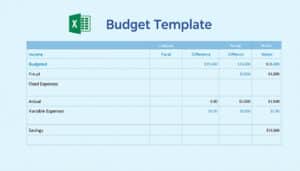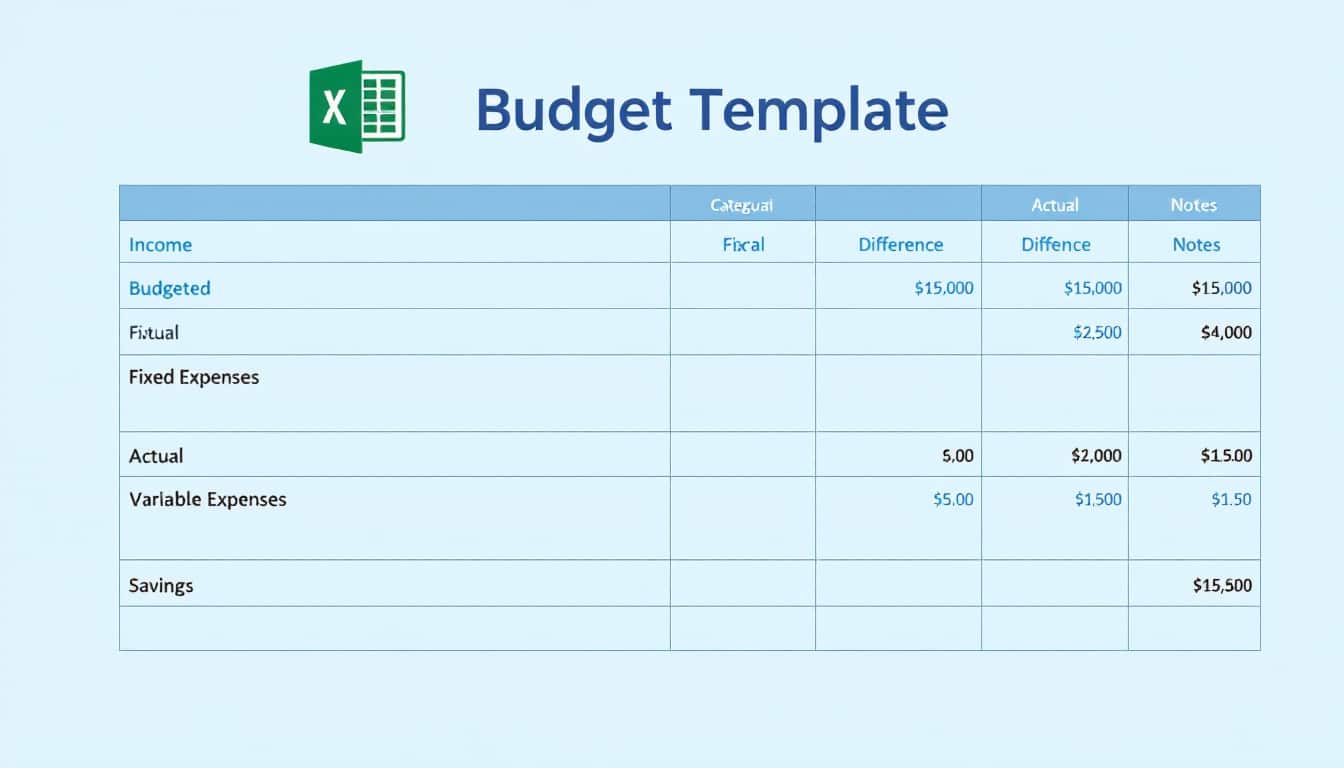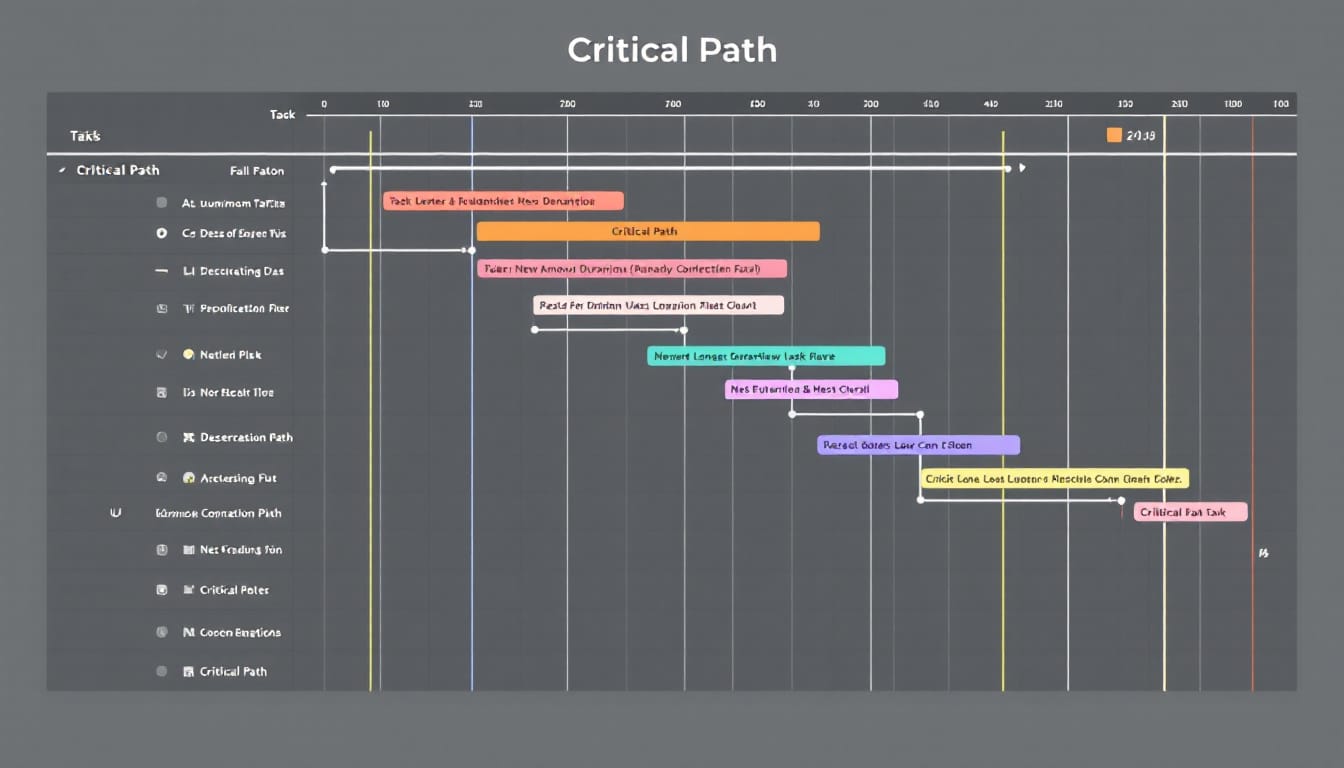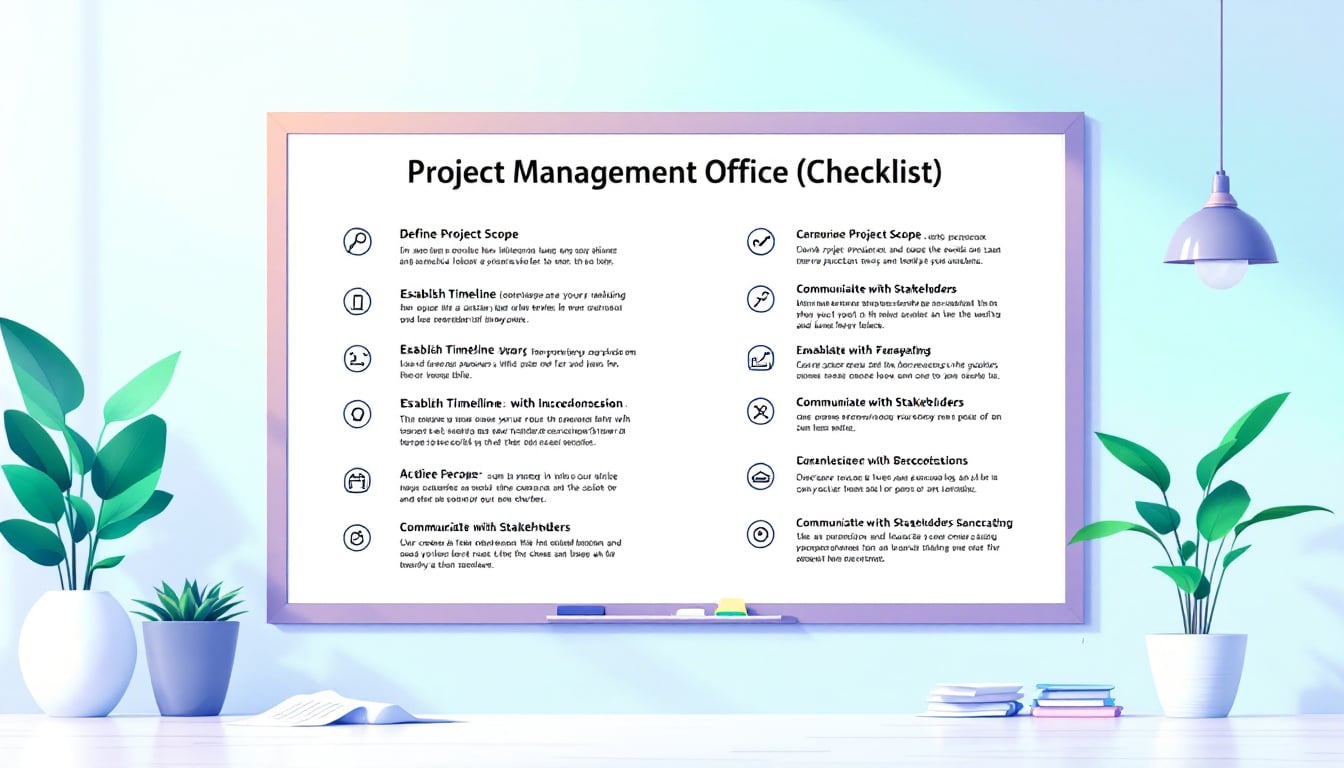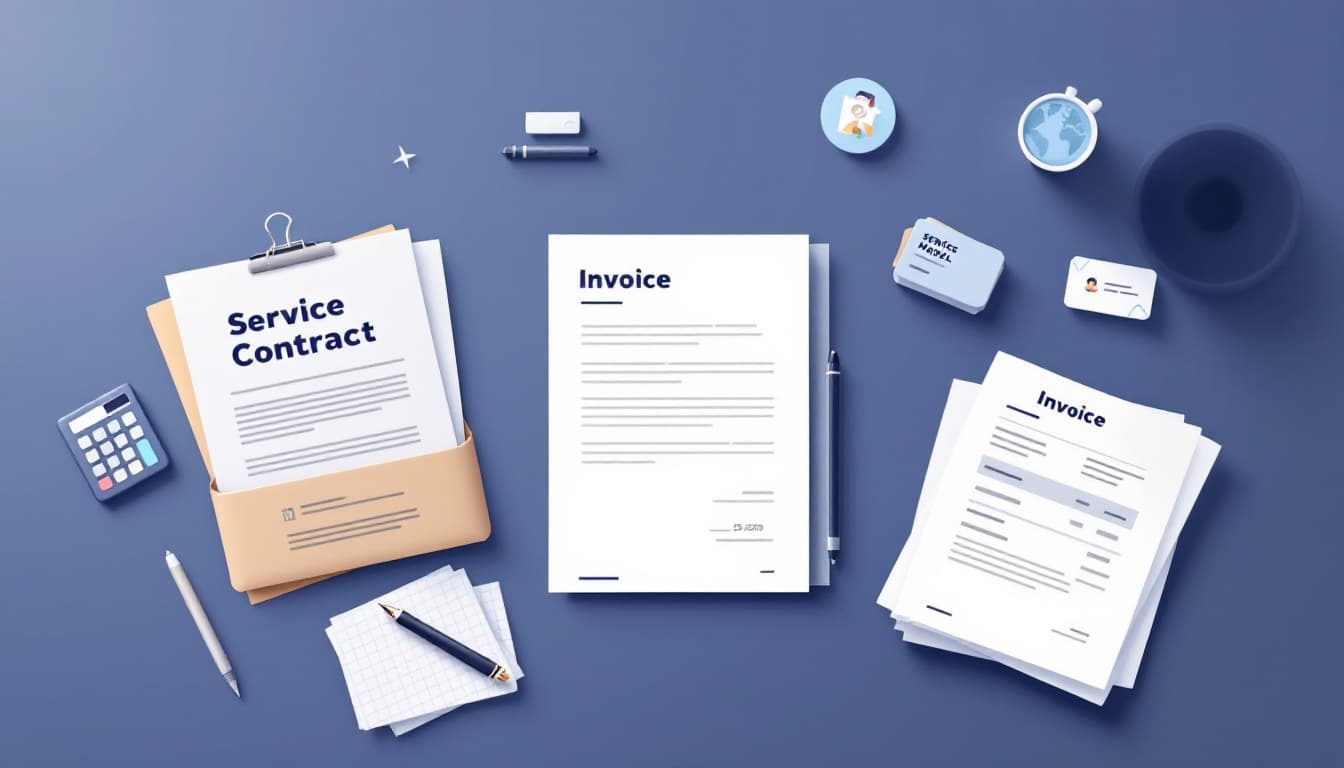Quality management in a project is much more than a simple constraint. It is an essential pillar that ensures customer satisfaction and the overall success of the project. However, this aspect is often overlooked in favor of traditional constraints.
Approaching quality management creatively allows us to exceed expectations and deliver exceptional results. By integrating rigorous processes and continuous improvements, each deliverable becomes a tangible testament to skill and dedication. Let’s discover together the keys to effective and innovative quality management.
🔥 Nous recommandons Ideamap
Ideamap est l’outil idéal pour un brainstorming ou un projet collaboratif. Grâce son interface facile et à ses fonctions IA, Ideamap booste votre créativité tout en favorisant une meilleure organisation de vos idées pour atteindre vos objectifs.
Project quality management involves defining quality standards for project deliverables and implementing quality assurance measures to ensure their compliance. However, quality can sometimes seem elusive. In the context of project management, quality represents what the client or stakeholders expect from the deliverables. It encompasses quality planning, quality assurance, and quality control, all integrated into a specific project quality management plan.
Who is responsible for quality management in a project? The project manager has overall responsibility for planning, implementing, and monitoring quality. They ensure that the defined quality standards are met. Project team members are responsible for the quality of their individual tasks and must comply with established standards. Additionally, quality managers may get involved to develop quality plans, conduct audits, and ensure compliance. Stakeholders also play a crucial role in defining requirements and providing feedback to ensure that the project meets their expectations.
Among the key elements of project quality management, customer satisfaction occupies a central position. Without it, quality makes no sense, even if the deliverables technically meet the requirements. Preventing problems before they arise is also essential, thus reducing costs related to non-conformities. Finally, continuous improvement helps optimize processes and avoid the repetition of mistakes, ensuring high-quality deliverables in every project.
Quality management applies to all sectors, whether in construction, manufacturing, professional services, or information technology. For example, in construction, compliance with safety standards and regular inspections are essential to ensure structural integrity. In the manufacturing domain, methodologies such as Six Sigma are used to minimize production defects. Consulting firms focus on service level agreements (SLA) to ensure customer satisfaction, while IT projects emphasize service quality and adherence to service level agreements.
To facilitate quality management, tools such as project network diagrams, affinity diagrams, and matrices can be used. However, using project management software, such as ProjectManager, offers additional advantages with dynamic features like online Gantt charts, Kanban boards, and project calendars. These tools enable real-time collaboration and ensure effective quality management throughout the project lifecycle.
In summary, project quality management is an essential discipline that requires meticulous planning, rigorous implementation, and constant monitoring. By adopting a proactive approach and utilizing the right tools, project managers can not only meet client expectations but also exceed them, thus ensuring the success and sustainability of their projects.
Introduction to Project Quality Management
In the dynamic world of project management, ensuring the quality of deliverables is essential to meet stakeholders’ expectations and achieve set objectives. Project quality management goes beyond simply meeting established criteria; it also encompasses the continuous improvement of processes and outcomes. This express guide will provide you with the keys to mastering the fundamental aspects of quality management, thus enabling you to successfully carry out your projects.
What is project quality management?
Project quality management involves defining quality standards for project deliverables and implementing quality assurance measures to ensure compliance with those standards. Unlike mere compliance with requirements, quality in project management reflects what the client or stakeholders truly expect from the results. It includes three main activities: quality planning, quality assurance, and quality control.
Quality planning involves identifying quality criteria and determining the processes needed to achieve them. Quality assurance focuses on improving processes to prevent defects, while quality control concerns verifying and validating the deliverables to ensure they meet the defined standards.
Why is quality crucial in project management?
Quality is a decisive factor in the success of a project. A high-quality deliverable meets the needs and expectations of clients, thereby enhancing satisfaction and loyalty. Additionally, rigorous quality management helps minimize costs related to errors and post-corrections by promoting a preventive rather than a reactive approach.
Without particular attention to quality, even a project completed on time and within budget may fail to achieve its performance objectives and client satisfaction. Therefore, integrating quality management from the early phases of the project is essential to ensure optimal results.
Who is responsible for project quality management?
The project manager has overall responsibility for quality management. They must plan, implement, and monitor quality activities throughout the project. However, quality is a collective responsibility that involves several stakeholders:
- Project Team: Each team member is responsible for the quality of their individual tasks and must adhere to established standards.
- Quality Managers: In some projects, quality assurance specialists may be involved to develop quality plans, conduct audits, and ensure compliance with standards.
- Stakeholders: They define the quality requirements and provide feedback to ensure that the deliverables meet their expectations.
This distribution of responsibilities ensures an integrated and collaborative approach to quality management, which is essential for project success.
What are the key steps in project quality management?
Project quality management is divided into several crucial steps, each playing a specific role in maintaining and improving quality standards.
Quality Planning
Quality planning involves identifying quality requirements and defining the processes to achieve them. This includes establishing quality criteria, creating checklists, and determining measurement methods. Good planning helps prevent defects and ensures a solid foundation for quality assurance and control activities.
Quality Control
Quality control involves monitoring and evaluating deliverables to ensure they meet established standards. This includes techniques such as inspections, testing, and peer reviews. The objective is to identify and correct deviations from quality standards before the final delivery to the client.
Quality Assurance
Quality assurance focuses on the continuous improvement of processes to prevent defects. This may include team training, optimizing work methods, and implementing quality management systems. Effective quality assurance helps maintain high standards throughout the project lifecycle.
How to ensure customer satisfaction?
Customer satisfaction is at the heart of project quality management. To guarantee it, it is essential to understand the needs and expectations of clients precisely from the project’s outset. This requires regular communication, follow-up meetings, and constant feedback.
For example, organizing periodic meetings with stakeholders allows us to present project progress, gather their opinions, and make adjustments based on their feedback. This transparency fosters trust and ensures that the final deliverable will meet the defined expectations. Additionally, using clearly defined project management tools like deliverables facilitates tracking and validating expected results.
What is the importance of prevention in quality management?
Prevention is often more effective and less costly than correcting defects once they have occurred. In project management, this translates into investing in training, documenting processes, and using appropriate tools from the outset.
For example, investing in effective project management tools allows for the automation of certain tasks and reduces human errors. Moreover, establishing standardized processes and quality checklists helps anticipate potential problems and avoid them before they arise.
By prioritizing prevention, project managers can not only improve the quality of deliverables but also optimize resources and timelines, thereby contributing to the overall success of the project.
How does the continuous improvement approach contribute to quality?
Continuous improvement is a proactive approach aimed at constantly enhancing project processes and outcomes. By adopting this approach, project teams can identify weaknesses, implement solutions, and measure the impact of changes made.
This philosophy not only raises the quality level of deliverables but also improves the efficiency of internal processes. For example, by analyzing feedback after each project, teams can gain valuable insights and avoid repeating mistakes. Moreover, incorporating client feedback into the improvement cycle allows for aligning deliverables more closely with the actual expectations of stakeholders.
An effective tool to support continuous improvement is the use of collaboration tools that facilitate knowledge sharing and idea exchange within the team.
Traditional tools and techniques for project quality management
Several traditional tools and techniques can be used to ensure effective project quality management. Among the most common are:
- Project network diagrams: These diagrams help visualize tasks and deliverables, thus facilitating planning and quality tracking at every stage.
- Affinity diagrams: They assist teams in organizing ideas and information, allowing for a better understanding of quality requirements.
- Matrix diagrams: These diagrams establish relationships between deliverables and quality standards, helping to logically structure information.
- Process decision flowcharts: Used to identify potential failure points in a plan and develop appropriate countermeasures.
- Interrelationship diagrams: They help understand cause-and-effect relationships among different factors influencing the quality of deliverables.
Although these tools are effective, using project management software like ProjectManager offers superior flexibility and interactivity, facilitating real-time collaboration and precise tracking of quality indicators.
Examples of quality management in different sectors
Project quality management applies to various sectors, each with its own requirements and standards. Here are some concrete examples:
- Construction: The quality of infrastructures relies on compliance with building codes and safety standards. Regular inspections and structural tests are essential to ensure the integrity of the works.
- Manufacturing: In manufacturing, especially electronics or automotive, strict controls are performed to ensure the reliability of components and minimize production defects through methodologies like Six Sigma.
- Professional Services: Consulting firms focus on service level agreements (SLA) to clearly define deliverables, timelines, and expected outcomes, while maintaining regular training sessions to enhance consultants’ skills.
- Information Technology: In IT, quality is often measured by client satisfaction and service efficiency. The use of quality management systems allows for continuous monitoring and improvement of IT service delivery.
Each sector adapts the principles of quality management to its specificities, but the goals remain the same: to satisfy customers and optimize processes for sustainable results.
Resources and tools to improve quality management
To optimize quality management in your projects, it is essential to have the right tools and resources. ProjectManager offers a complete range of planning, tracking, and collaboration tools, such as online Gantt charts, Kanban boards, and project calendars, thus facilitating the management of tasks and resources in real time.
Additionally, resources such as the value proposition are crucial for aligning deliverables with client expectations. Using a deliverable checklist ensures that each stage of the project adheres to the defined quality standards.
Moreover, investing in enhancing your team’s emotional intelligence can significantly improve collaboration and creativity, thereby contributing to better quality deliverables.
Finally, exploring strategies to improve self-esteem within the team can boost morale and commitment, key elements for maintaining high quality throughout the project.



